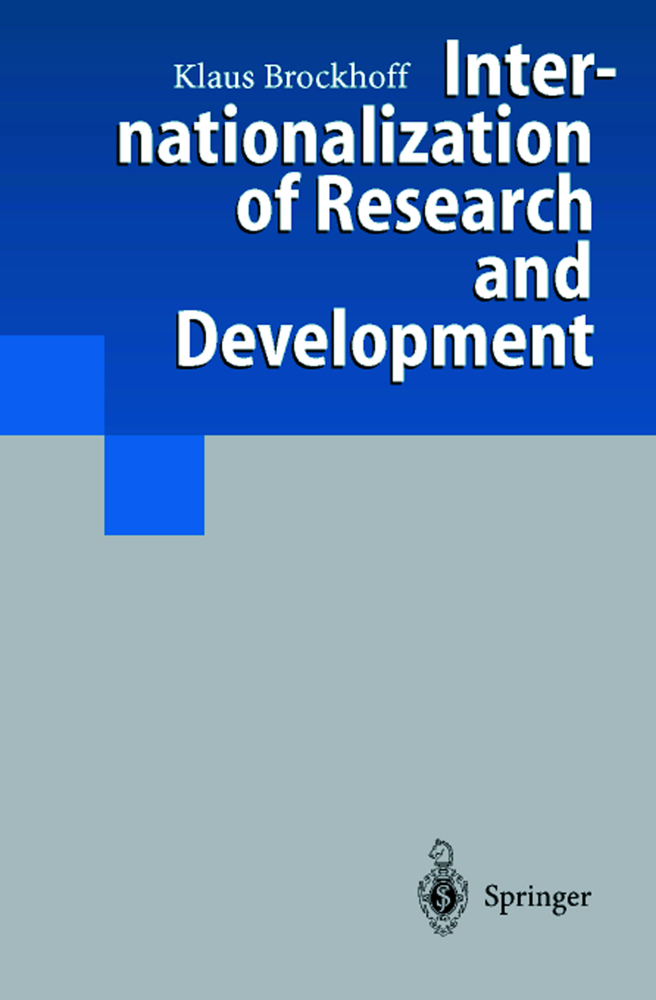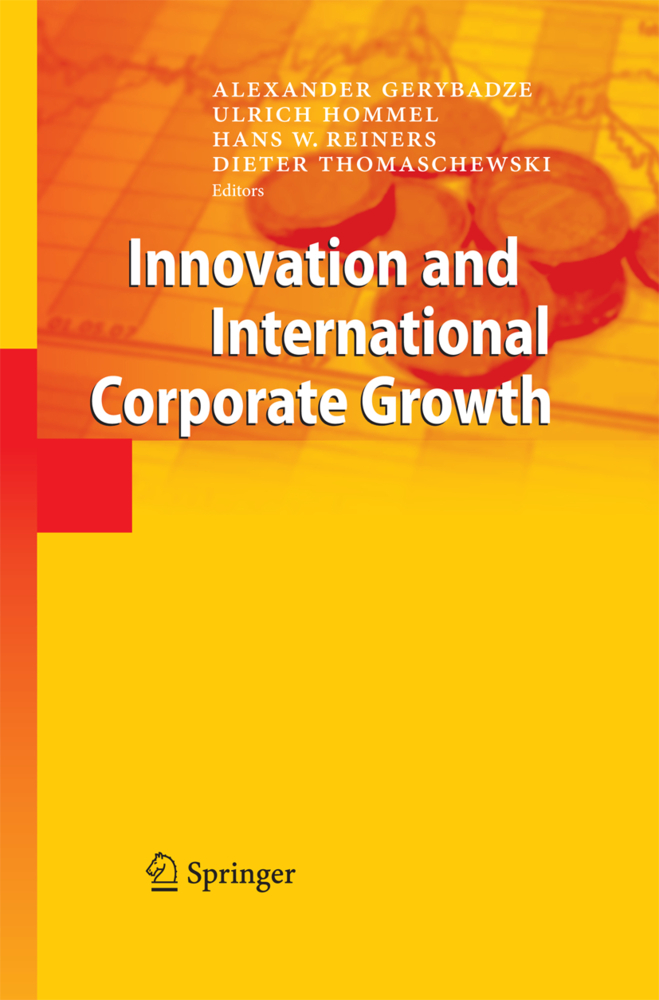Internationalization of Research and Development
Internationalization of Research and Development
Research and development is no longer a headquarters function. More and more companies internationalize their R&D activities. The pros and cons of this approach are discussed in this book. The organizational alternatives for international R&D as well as the consequences that they have for decision making and performing R&D are also of great interest. Furthermore, measuring success of international R&D is a very difficult problem that is not yet fully understood. However, suggestions are made to improve present day practise. They are based on a large body of empirical research and management literature.
3. Particular aspects of internationalization
3.1 Universal success factors of innovation
3.2 Higher variances between countries than within one country
3.3 Benefits and costs of international R&D
4. Starting foreign R&D operations
4.1 Starting by cooperating on projects
4.2 Starting by establishing an R&D unit
4.3 Process steps
5. Task assignments to foreign R&D laboratories
5.1 Static classifications
5.2 Views on dynamics
5.3 Locus of coordination and locus of performance
6. Coordinating internationally dispersed R&D laboratories
6.1 Interface management
6.2 Communication technologies
7. Measures of success
7.1 Multiple perspectives
7.2 First results
7.3 Differentiated success evaluation
8. Summary and conclusions
Literature
List of Figures
List of Tables.
1. Introduction and overview
2. Multiple locations for R&D3. Particular aspects of internationalization
3.1 Universal success factors of innovation
3.2 Higher variances between countries than within one country
3.3 Benefits and costs of international R&D
4. Starting foreign R&D operations
4.1 Starting by cooperating on projects
4.2 Starting by establishing an R&D unit
4.3 Process steps
5. Task assignments to foreign R&D laboratories
5.1 Static classifications
5.2 Views on dynamics
5.3 Locus of coordination and locus of performance
6. Coordinating internationally dispersed R&D laboratories
6.1 Interface management
6.2 Communication technologies
7. Measures of success
7.1 Multiple perspectives
7.2 First results
7.3 Differentiated success evaluation
8. Summary and conclusions
Literature
List of Figures
List of Tables.
Brockhoff, Klaus
| ISBN | 978-3-642-63802-2 |
|---|---|
| Article number | 9783642638022 |
| Media type | Book |
| Edition number | Softcover reprint of the original 1st ed. 1998 |
| Copyright year | 2012 |
| Publisher | Springer, Berlin |
| Length | X, 149 pages |
| Illustrations | X, 149 p. |
| Language | English |









